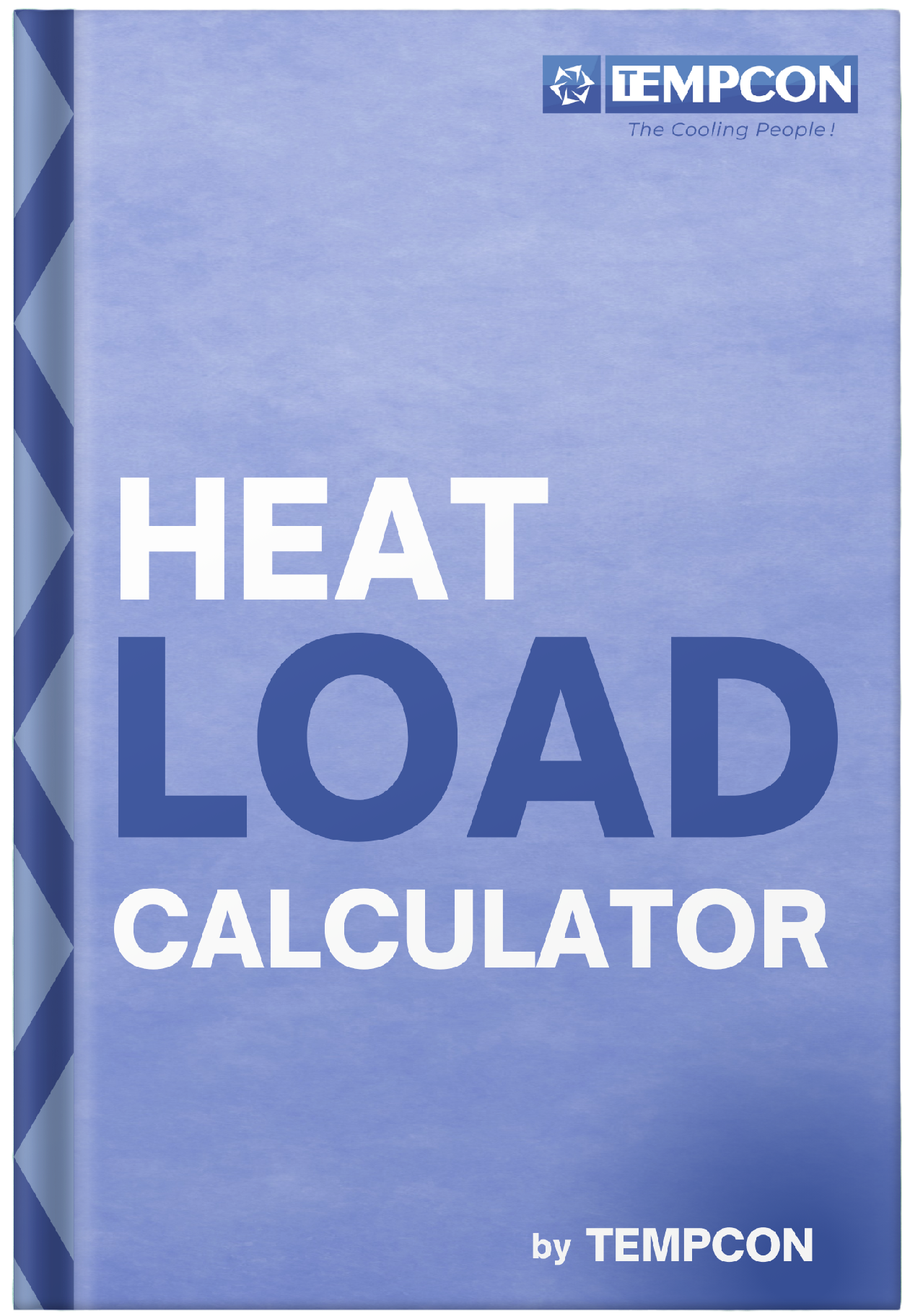 Free Heat Load Calculator
Free Heat Load Calculator
 Free Heat Load Calculator
Free Heat Load Calculator
 Free Heat Load Calculator
Free Heat Load Calculator
Properly designed process chillers in injection molding having following benefits:
Note:
Let’s understand the process and how process chillers contribute to the final product’s properties of injection molding.
In injection molding, the end product requires a balance of temperatures to make sure that the plastic is molded into the right shape. If the mold is filled and cooled quickly, it results in poor quality of the final products and wastage increases. On the other hand, if the mold is filled and cooled at a slow rate, it results in increased power cost and clamping time, eventually delaying production. If the mold is cooled down too much, it will produce moisture, thereby reducing shine of the product. To avoid these problems, a well-designed, properly-sized chiller is essential. Chillers maintain the controlled parameters needed to retain product quality and standards.
Points to remember when selecting a chiller for Injection Molding
a) Size Parameters
The mold used in the process can be considered as a heat exchanger that first transfers heat from the molten plastic to the mold and then to the chilled water. Since, cooling plays a significant role in injection molding, comprising over 80% of the molding cycle, it must be maintained to a minimum at all times.
For instance, if a molding cycle lasts 20 seconds, it can be reduced to 16 seconds, provided the water from the cooling tower is replaced by chilled water from the chiller. This can enable an increase in production.
b) Understanding the difference between chilled water temperature & chilled water flow rate
The chilled water temperature used for molds depends on the type of material and shape of the final product. For instance, the temperature of chilled water for polystyrene thin-walled beakers is usually below 0℃. However, sometimes, it can cross 5 ℃.
You may consider a temperature difference of 3-5°C as ideal for most cases, while a gap of 1-2°C may be applicable for others. A small temperature difference implies that releasing the same amount of heat that will require a higher flow rate of chilled water.
c) pH
The pH value of chilled water in process cooling systems should be 7 and not more because a pH value greater than 7 can corrode the machine.
d) Flow rate & Pressure of chilled water
In case of general injection moldings, make sure that the chilled water pressure is maintained up to 0.1 ~ 0.2mpa.
For flow rate and pipe diameter, refer to this table:
| Pipe Diam (In) | 3/8″ | 1/2″ | 3/4″ | 1″ | 1-1/4″ | 1-2/1″ | 2″ | 3″ |
| Flow Rate(L) | 12 | 20 | 35 | 60 | 90 | 130 | 230 | 560 |
e) Chilled water pipes insulation
In injection molding, the chilled water pipes should be insulated or else one may face a massive loss of cooling capacity or condensation on the outer walls of pipes. Insulation avoids these problems.
Tempcon offers customized Chillers for Injection Molding
Our chillers function properly in extremely tropical conditions and can maintain operation as well as energy efficiency. We have been manufacturing chillers for 35+ years, delivering efficient cooling systems to many happy customers belonging to various sectors.
Key features of Tempcon Chillers
For more information on process chillers, visit our website at tempcon.co.in